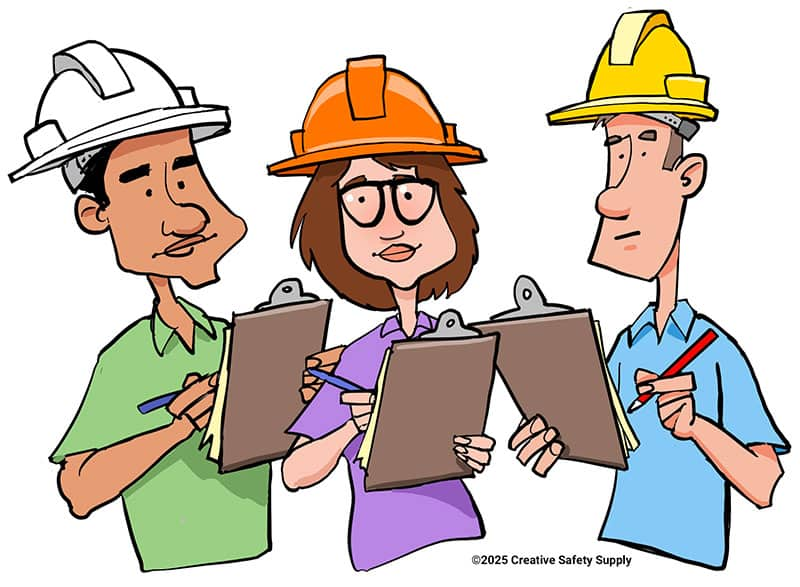
JSA stands for Job Safety Analysis. It is a procedure that is designed to help bring together various proven safety and health principles into practice in a real-life situation. This is done by looking at each step of a job to pinpoint various potential hazards that may be present. Once these hazards are identified, a recommendation on how to do that step more safely would be issued. A job safety analysis is also sometimes known as a job hazard analysis, or even a job hazard breakdown.

How to Identify Hazards
Performing a Job Safety Analysis allows safety managers, supervisors, and front-line employees to carefully evaluate every step of a job. While doing this, all parties involved should be looking closely at what could potentially go wrong that would put people at risk. At this stage it is not necessary to come up with solutions to the dangers, but simply to point them out so they can be analyzed later.
Hierarchy of Control
When a hazard is found in a process it is important to choose the right option for improving the safety of that step. To do this, individuals will want to consider the hierarchy of control. This is a term used to describe several ways of eliminating hazards ranging from the ideal down to the acceptable. The hierarchy of control consists of these options:
- Elimination – The best way to deal with any type of safety hazard in the workplace is to find a way to eliminate the risk entirely. Unfortunately, this is not always a realistic option.
- Substitution – Replacing something that causes a hazard in the job process with something that doesn’t have a hazard, but can still effectively complete the task, is an effective form of substitution.
- Engineering – Using engineering it is often possible to isolate the hazardous area so that people are protected. This can be done by installing physical barriers or taking other steps to keep people safe.
- Administration – Updating procedures, providing training, installing signs or labels, and other administrative actions can be an effective way to reduce workplace hazards.
- Personal Protective Equipment – This is the least effective option, but it is still commonly used. By using PPE employees will be safer should the hazard occur while they are working.
Similar Questions
- What are hazard controls?
- What is the hierarchy of hazards?
- What does CCP stand for?
- What is the difference between a job safety analysis (JSA) and a risk assessment?
- What is the role of PPE in workplace safety?
- What is a job safety analysis?
- Why Should a Workplace Implement Hazard Controls?
- What are occupational health hazards?
- What does HACCP stand for?


